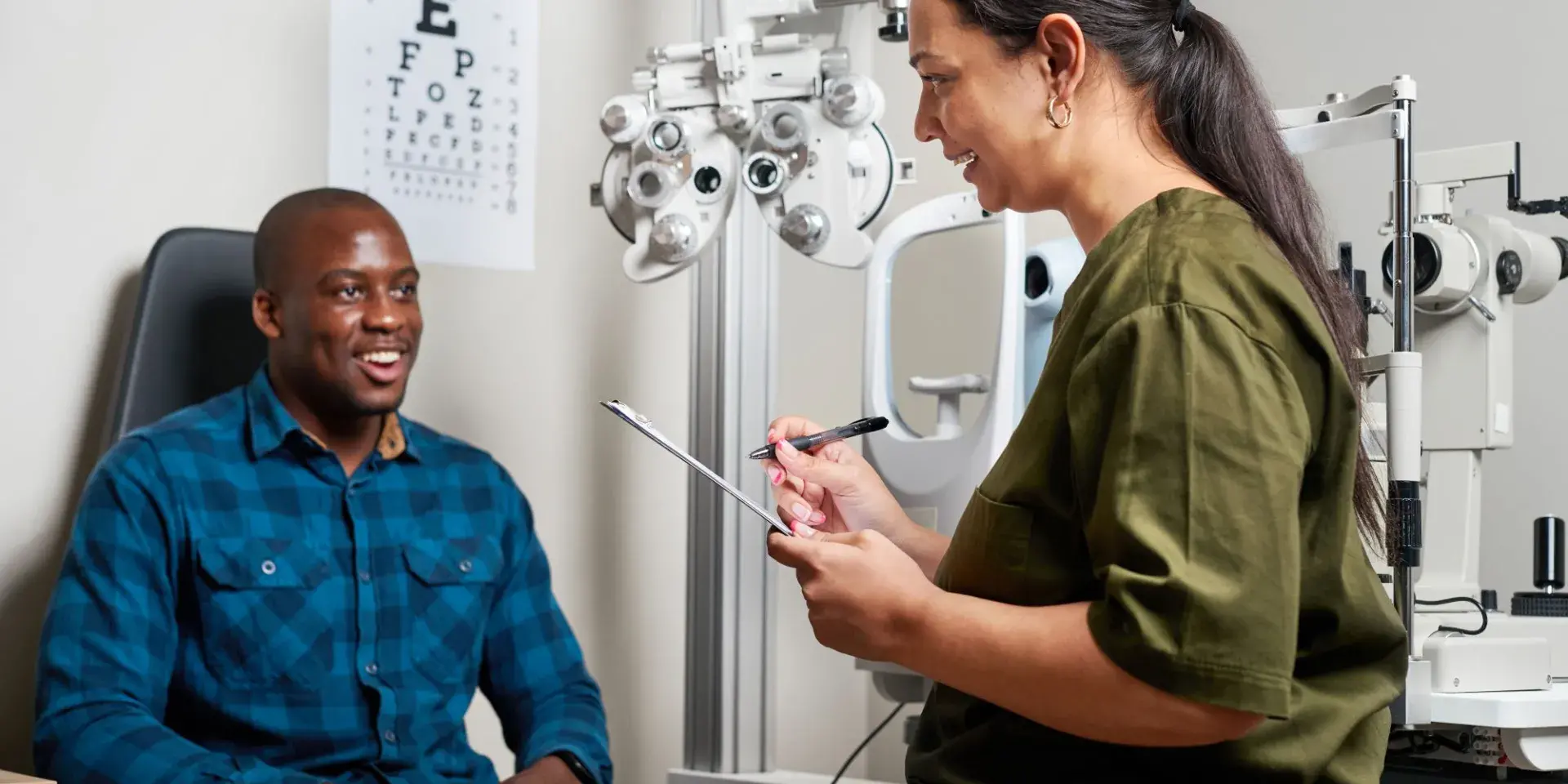Using the new way, people whose retinas looked more short-sighted than their glasses prescription indicated were more likely to develop retinal detachment or tears than those with the same prescription.
Experts say the approach offers a more tailored way to assess short-sightedness by taking into account subtle changes in an individual’s retina missed by glasses prescription, which could help identify people at higher risk of complications associated with short-sightedness.
The new measure of short-sightedness, called fundus refraction offset (FRO), could help clinicians better identify vulnerable patients, leading to more tailored management to prevent vision loss, researchers add.
Retinal structure
More than one billion people worldwide are short-sighted, with nearly 50 per cent of the global population projected to be affected by 2050. People with strong short-sighted prescriptions are generally 13 times more likely to have retinal detachment than people without short-sightedness. However, this risk can vary greatly even among individuals with similar prescriptions, experts say.
In the first study of its kind, researchers from the University of Edinburgh analysed health data and retinal images from more than 9,300 UK Biobank participants aged 40–69 with no previous retinal problems.
FRO uses AI to compare how a person’s retina looks structurally to how it should normally look according to their glasses prescription.
Improved accuracy
The researchers used eye scan images to calculate the FRO score. They found that for each step lower in the score – meaning the retina looked more short-sighted than expected – the risk of developing retinal detachment or tears over 12 years increased by about 50 per cent, even among individuals with similar glasses prescription, age, sex, and other factors at baseline.
Experts say the FRO score offers a new, more accurate way to identify individuals at elevated risk of the sight-threatening condition.
The approach could also help guide decisions around popular elective procedures, such as laser eye surgery and clear lens exchange, by identifying patients whose retinas may be more vulnerable to certain surgeries, even if their glasses prescriptions are the same.


